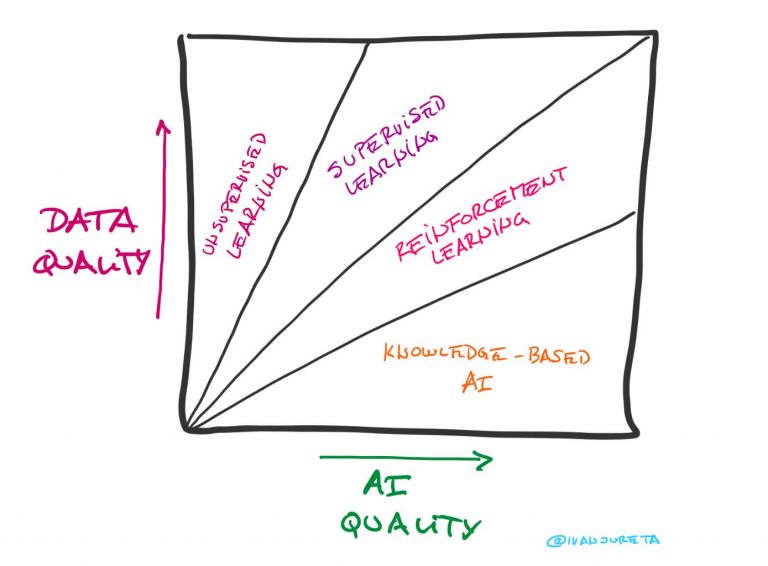A Comprehensive Quality Model for Service-oriented Systems
In a service-oriented system, a quality (or Quality of Service) model is used (i) by service requesters to specify the expected quality levels of service delivery; (ii) by service providers to advertise quality levels that their services achieve; and (iii) by service composers when selecting among alternative services those that are to participate in a service composition. Expressive quality models are needed to let requesters specify quality expectations, providers advertise service qualities, and composers finely compare alternative services. Having observed many similarities between various quality models proposed in the literature, we review these and integrate them into a single quality model, called QVDP. We highlight the need for integration of priority and dependency information within any quality model for services and propose precise submodels for doing so. Our intention is for the proposed model to serve as a reference point for further developments in quality models for service-oriented systems. To this aim, we extend the part of the UML metamodel specialized for Quality of Service with QVDP concepts unavailable in UML.
Jureta, I.J., Herssens, C. and Faulkner, S., 2009. A comprehensive quality model for service-oriented systems. Software Quality Journal, 17(1), pp.65-98.
